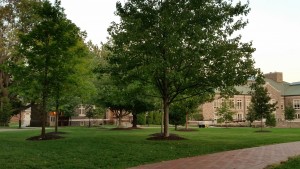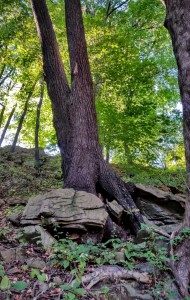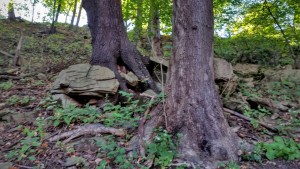“Niagara Falls is more than a big waterfall. For Americans is it the waterfall. Niagara has long been, for many, the epitome of the sublime, offering the experience of a powerful natural feature of superhuman scale that inspires awe and fear. To others is has been a spectacle, a source of cheap power, a historic landmark, a livelihood. Niagara has never meant the same thing to everyone, and its meanings have changed over time, reflections of cultural context” (Sprin, 95).
It is so interesting to think of Niagara Falls in such a meaningful way. When I visited the falls, I was awed and fascinated by its geologic history, changing and receding over time. This reading describes it as “the epitome of the sublime”, which relates to the significance of the sublime aspect of wilderness. This passage from the reading in Uncommon Ground reminded me of another interesting section from the earlier reading by Cronon.
“But even as it came to embody the awesome power of the sublime, wilderness was also being tamed – not just by those who were building settlements in its midst but also by those who most celebrated its inhuman beauty” (Cronon, 75).
This passage describes the sublime as a holy experience that inspired awe, even terror instead of joy. Niagara Falls fits into the category described above, where wilderness is being tamed and affected by man. People have affected the falls, so they are not in a purely natural state. Despite this, they are still sublime in that they have this awesome power, though the site is one of many being altered to fit what people want to see.



